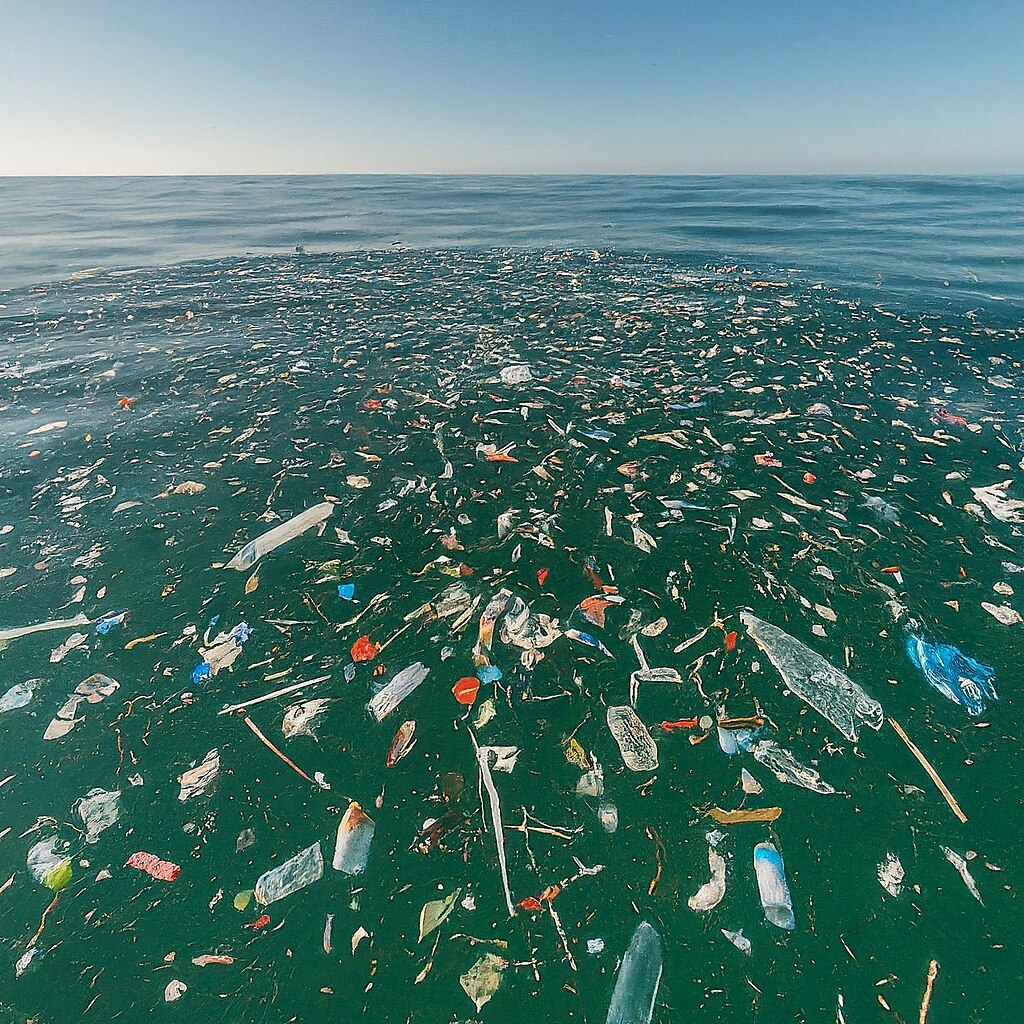Many organizations around the world have used innovative technologies through the past years to remove thousands of pounds of debris from the ocean to combat devastating water pollution.
Water pollution has plagued our planet for years and years; its causes ranging from plastics to oil spills. However, many organizations are working across the United States, and the globe, to mitigate its effects and provide clean drinking water for millions.
The Sources of Water Pollution and Its Effects
One source of water pollution stems from agricultural practices. The use of pesticides, fertilizers, etc, can cause nutrient pollution. An increased amount of nitrogen and phosphorus in the air can cause toxic algal blooms, as well. Oil pollution is another type of serious water pollution. It can come from oil tank spills, cars, and even from the ocean floor. Wastewater is also very concerning. More than 80% of the world’s wastewater comes back into the ocean without being cleaned. Although countries like the U.S have made great progress in the filtration of wastewater, 850 billion gallons of untreated water is still being released every year by aging sewage treatment centers.
The Progress Made by Different Organizations Regarding Their Cleanup Efforts
Surge is a nonprofit organization that has partnerships with grassroots organizations in Haiti, Indonesia, and Uganda, providing clean drinking water to those in need. Since its founding in 2008, they have led 9,216 water-availability projects and helped more than 779,607 people over 12 countries.
Another nonprofit organization is Planet Water Foundation. It provides effective water-treatment technologies for poor countries, giving their citizens access to clean drinking water. From 2019, they have launched projects in 32 countries and have helped more than 2,000 communities.
The Nature Conservancy is a program working in 72 countries around the world. They have spread awareness of water pollution and its serious effects on the environment and have helped directly by engaging in cleanup efforts like beach cleanups.
Some Technologies Being Used to Clean Up the Oceans
WasteShark is one type of drone used in the Netherlands and Dubai. These are autonomous drones that can essentially “vacuum” up to 200 L of microplastics and plastics in one mission. Additionally, they can report the temperature, pH levels, and turbidity of the water on which they travel. Scientists from MIT have also contributed to ocean cleanup efforts, creating a new filtration material that removes long-lasting chemicals from the water.
The Ecoalf Foundation and Ecoembes, in eastern Spain, is one other program. They deploy satellite GPS buoys, of which are attached to trash flowing in rivers and oceans. These devices can make it easier to pinpoint where debris is traveling, therefore making cleanup efforts more impactful and accurate.
Although water pollution, ranging from agricultural pollution to plastics in the ocean, has had a serious impact on the Earth’s environmental health, many organizations have stepped up to combat this global issue. You can have a positive impact on the environment, too, by recycling and avoiding the use of pesticides.
Sources:
“5 Non-Profits Fighting Ocean Plastics Today – Purpose Rising Blog.” rePurpose, repurpose.global/blog/post/5-non-profits-fighting-ocean-plastics-today. Accessed 21 Oct. 2025.
David L. Chandler | MIT News. “New Filtration Material Could Remove Long-Lasting Chemicals from Water.” MIT News | Massachusetts Institute of Technology, news.mit.edu/2024/new-filtration-material-could-remove-long-lasting-water-chemicals-0906. Accessed 21 Oct. 2025.
Ibrisevic, Ilma. “Top 7 Nonprofits Fighting the Global Water Crisis.” Nonprofit Blog, 21 May 2025, donorbox.org/nonprofit-blog/nonprofits-fighting-global-water-crisis.
Jessica. “These Ocean Innovations Are Transforming Marine Conservation.” Marine Biodiversity Science Center, 19 Feb. 2025, www.marinebiodiversity.ca/these-ocean-innovations-are-transforming-marine-conservation/.
“Marine Litter Prevention.” SeaClear2, www.seaclear2.eu/. Accessed 21 Oct. 2025.
Moreno, Luiza. “13 New Technologies That Are Changing the Wastewater Treatment Landscape .” Aquacycl, 29 Sept. 2025, aquacycl.com/blog/13-new-technologies-that-are-changing-the-wastewater-treatment-landscape/.
“NACWA’s 2025 Annual Report.” National Association of Clean Water Agencies, www.nacwa.org/. Accessed 21 Oct. 2025.
“Rivers • the Interceptor • the Ocean Cleanup.” The Ocean Cleanup, 20 Aug. 2025, theoceancleanup.com/rivers/.
“Upcycling the Oceans.” ECOALF, ecoalf.com/en-us/pages/upcycling-the-oceans. Accessed 21 Oct. 2025.
US Department of Commerce, National Oceanic and Atmospheric Administration. “Nonpoint Source Pollution, NOS Education Offering.” A Brief History: Pollution Tutorial, 1 June 2013, oceanservice.noaa.gov/education/tutorial_pollution/02history.html.
“Wasteshark.” RanMarine, 1 Apr. 2025, www.ranmarine.io/products/wasteshark/.
“Water Pollution.” Education, education.nationalgeographic.org/resource/water-pollution/. Accessed 21 Oct. 2025.
Water Pollution: Everything You Need to Know, www.nrdc.org/stories/water-pollution-everything-you-need-know. Accessed 21 Oct. 2025.
“Welcome to Britannica School, a Safe, up-to-Date, and Age-Appropriate Information Resource for Elementary, Middle, and High School.” Britannica School, school.eb.com/levels/high/article/water-pollution/473593. Accessed 21 Oct. 2025.
“What Are Water Quality Monitoring Buoys?” Atlas Scientific, 30 July 2025, atlas-scientific.com/blog/what-are-water-quality-monitoring-buoys/.






